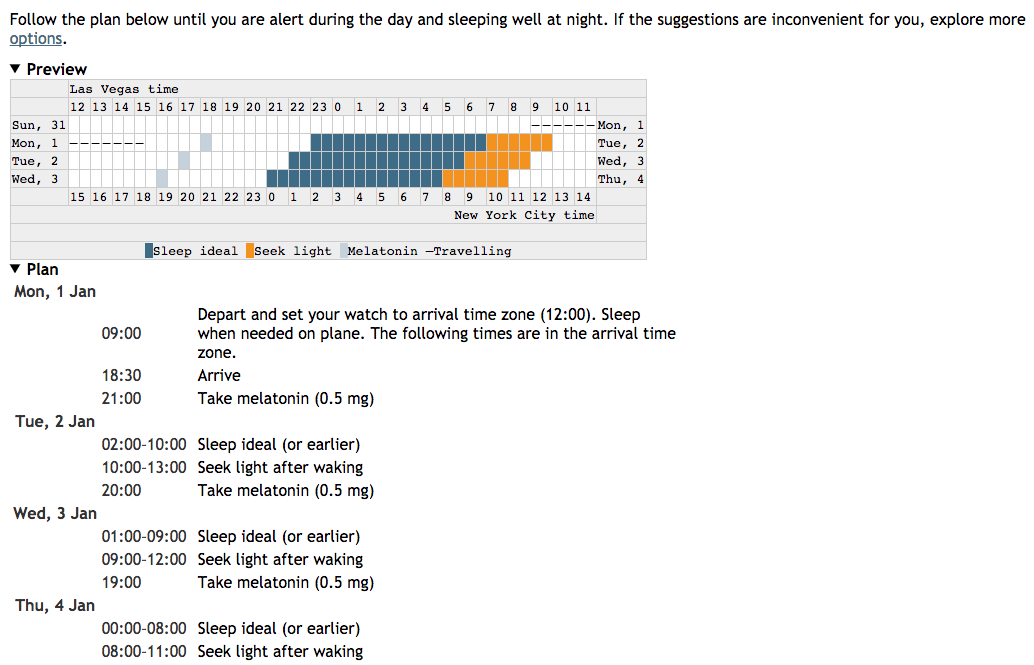But, even with all of your counter measures, when it comes to the time to sleep, you find yourself tossing and turning, finding yourself even more exhausted than when you just arrived, you ponder what could have gone wrong…
Jet-lag is a physiological condition related to our body’s rhythm.
Jet-lag, medically referred to as desynchronosis, is a physiological condition which results from alterations in the body’s circadian rhythm, which results from rapid long distance trans-meridian flights. In laymen’s terms, this is your body’s natural reaction to a change in time-zones. As our bodies adjust to the new pattern of light and dark exposure, we become restless and having difficulty achieving R.E.M (the deepest and most imperative level of) sleep. It can take days for us to completely adjust, while our body does its best to synchronize with our new environment. Despite this adjustment taking its course naturally – depending on the individual- it can take up to a week or more to fully acclimate. If you’re just visiting another place for a short period of time, this can put quite a damper on your trip. If you’re planning a trip where jet-lag may be a concern, the Jet-Lag Calculator, may just be your solution.
The Jet Lag Calculator helps to tune the clock in your body.
Researchers have found that one of the primary reasons that the human body has trouble when adjusting to new environments is because of the variant times that an individual is exposed to light. Our bodies naturally acclimate to the rhythms of our day from our place of origin. When we travel long distances, our internal physical clock is thrown off, and will inevitably run askew. The Jet Lag Calculator works to help us to combat this desynchronization by setting up a schedule that lets us know what time to best seek light and darkness – before we go on a trip to another time zone. This eases the adjustment period and cuts down on the bothersome effects of jet-Llg.
By helping us to form a strategy of when to seek or avoid light, the Jet-Lag Calculator prepares users for their trip through a steady adjustment in sleep times and exposure, to help them acclimate to their destination beforehand. This will effectively lessen the effects of a jet-lag[1] and provide you with an easier transition into a new sleep pattern.
How do I use it?
Simply, find a version of the Jet-Lag calculator that best suits your needs. Fill out the form, (which should ask for your place of origin, destination, and average hours of sleep per night that you’re accustomed to). Once you’ve completed the form, the Jet-Lag calculator will produce a daily schedule, (usually no more than about a week in advance) of when you should be seeking light or avoiding light. The longer in advance you begin to adjust your sleep cycle, the easier the transition becomes, and the less impact jet-lag will have on you. It’s not hard to use at all, just give it a try! Time is a precious thing. Don’t waste it on a headache. Happy travels! Featured photo credit: Flaticon via flaticon.com

